Your small business has a physical address of some sort as defined by the U.S. Postal Service. That information includes a street, city/town/county, state, and zip code. This information lives across your entire online presence and is referenced by search engines like Google to determine which local markets it’s algorithm should display your business for.
As we’ve touched on in other blog articles, the challenge for local businesses rises when Google creates their own definition of what your “address” is. See, while Google recognizes you have a business address, as a service-area business, they also acknowledge that you perform work in locations other than your physical location. In their efforts to help broaden your local reach, they’ve actually created additional hurdles for you to overcome. The good news is that if you take care of your online presence by following a few basic fundamentals, you’ll see your local reach skyrocket. The catch 22 is if you don’t properly manage your online presence, your local reach will essentially be nonexistent. I’m afraid far too many small businesses fall into the latter and it’s usually because of two reasons. Either they don’t understand the importance of maintaining an online presence and see the value in it, or they simply don’t have the time.
In this blog article, we’re going to first understand what Local SEO is, the importance of it, and tactical steps you can take to improve your online reach in your local markets.
Defining Local SEO
Let’s first take a look at what local SEO is and how it contributes to your ability to be found on Google.
Quite simply, local SEO is a local marketing strategy that leverages multiple tactics to help your website (and to a larger scale, your online presence) appear in search results of people searching for your services or products within a specific local market. The closer proximity your business is to the person searching, the better the odds are of your business appearing higher in their search results.
When you can optimize your online presence to “cast a net” over all the markets (zip codes) you serve, the more proximity signals you establish for your business and the way to get started is by creating location-based content.
5 Ways to Create Location-Based Content to Broaden Your Local Reach
While there’s no telling exactly how Google’s search algorithm works, there are commonly accepted best practices among local marketers. Some of these tactics will require little-to-no skill and only your time, others will likely require you to seek out professional help. All tactics we’ll cover touch on the notion of broadening your reach in local markets through consistently managing your business listings.
Tactic 1: Claim and set up your Google My Business listing. This is likely the most recommended and effective local marketing tactic and a great starting point to begin your mission to dominate local search results. Within the “info” tab of your Google My Business listing, there’s a section called “Service area” and it’s here where you’ll want to add the exact markets your serve. You’re limited to 20 service areas, so be strategic in the way you add your service areas. If you serve multiple zip codes within a single county, add the county. The larger net you can cast, the better.
The Surefire Local Marketing Platform helps you save time and makes it easy to edit your Google My Business listing and update your service areas list from within the platform itself.
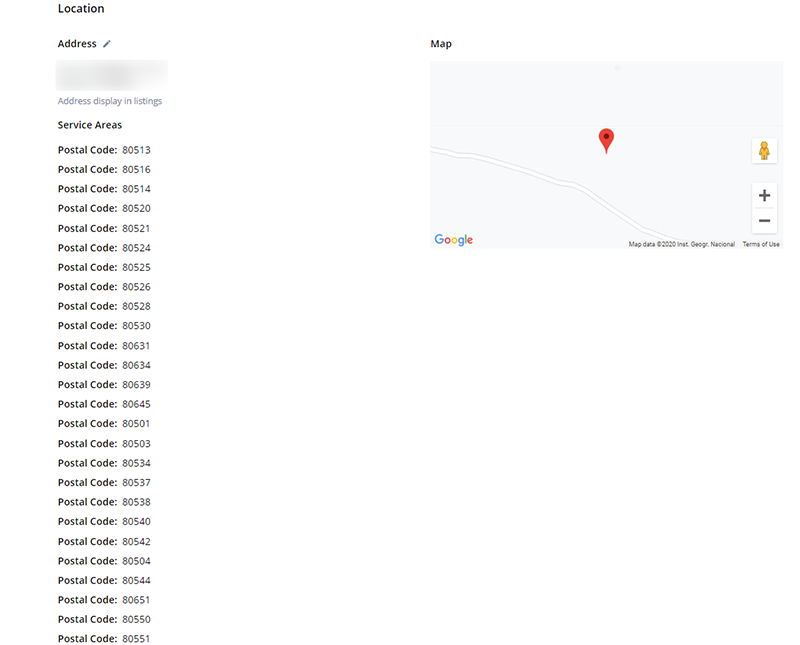
Tactic 2: Maintain accurate and consistent information about your business online. Similarly to your Google My Business listing, search engines crawl the web looking for information about your small business. If their algorithms report showing conflicting information like multiple phone numbers, business addresses, and business names, all with no consistency, it won’t know if your business is a credible one. That means you won’t get ranked highly in local search.
The catch is that your business could have listings out there on the web that you’re not aware of, either created by a consumer who noticed your business wasn’t listed or by listings crawling other listings and wanting to add to their directory. The Surefire Local Marketing Platform allows you to control what information is found about your business across your entire online presence. You’re able to create one “true” listing that supersedes all other listings so that you can manage and edit your information in one place that then gets shared across 80+ listings. Could you imagine having to add a new phone number 80 individual times?
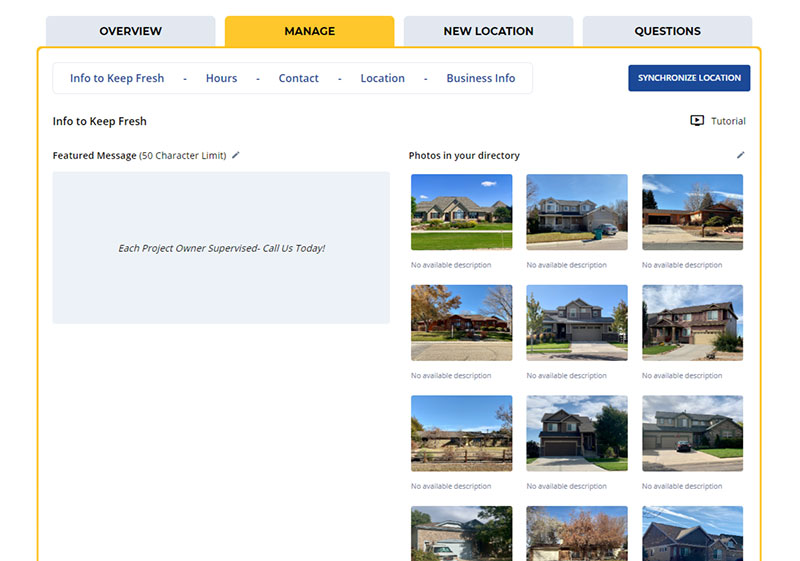
Tactic 3: Get more online reviews on popular channels. Increasing your total review count is one of the most powerful ways to maintain an active online presence. Focus on getting reviews on popular platforms you know potential customers are likely to use throughout their buying journey, such as Google, Facebook, Yelp, Nextdoor, Houzz, etc. Not only does Google want to see accurate information about your business, but Google also wants to see recent content shared to all your business listings.
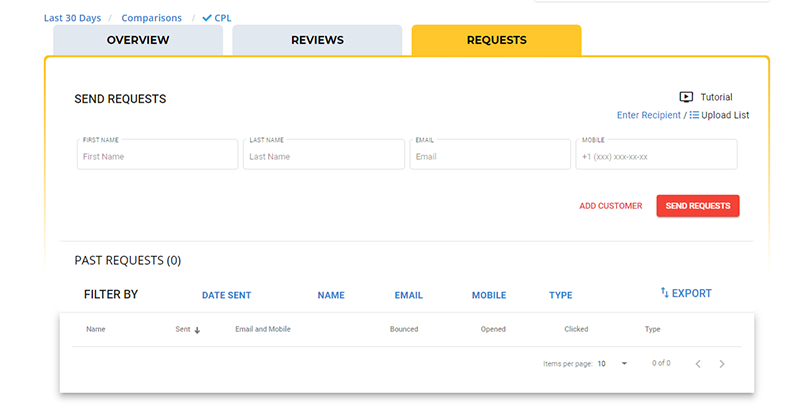
Tactic 4: Publish and share content across all your listings. On that note, a major piece of your online presence is related to your content: how often you’re able to publish new content, the relevancy of that content, and the prominence of your thought leadership. A listing without any content will only benefit you so much. When you can share and upload photos and videos that are tagged with a specific location, that’s when your listings really become a powerful marketing asset for your small business.
In the same way that the Surefire Local Marketing Platform enables you to update your business information across 80+ listings at once, you’re also able to upload and share content. In addition, the Surefire Local Marketing Platform makes it easy for you to publish photos and videos on social media as well as your Google My Business listing. One of the most influential ways to create content through Google My Business is by asking and answering questions.
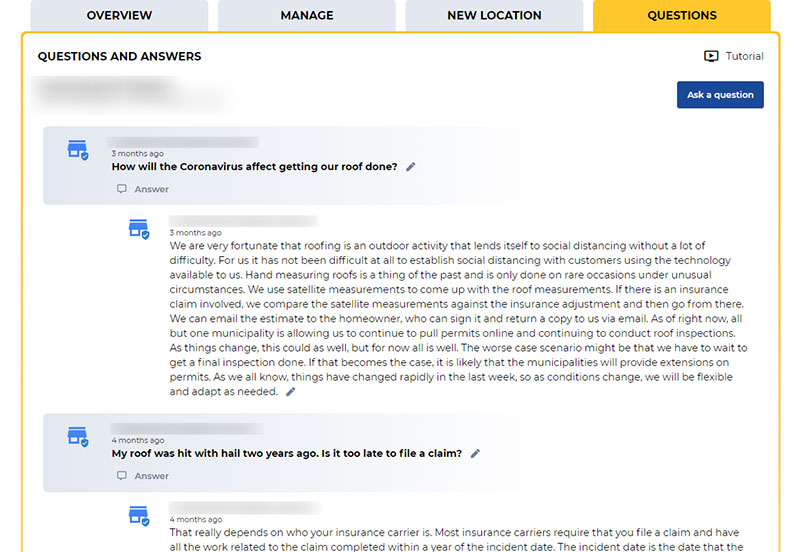
Tactic 5: Create location-based pages on your website. When we built the case for why you should optimize your website to be both Google-friendly and Consumer-friendly, we touched on the concept of adding local schema into the code of your website. That allows Google to instantly recognize what your website content is about. By creating location-based pages, you’re also able to help Google instantly recognize in which local markets its algorithm should display your website. That Edge 2 Edge Roofing for example. On their website, they have a page: https://edge2edgeroofing.com/georgia. This page has schema built in to let search engines know they service Georgia as well as providing a list of their service areas. That way, anyone searching in these markets has a great chance of finding Edge 2 Edge Roofing.
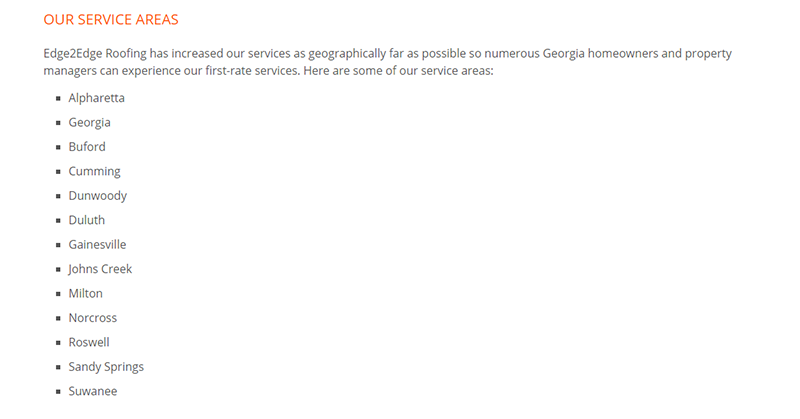
Transform Your Team into Local Marketing Superheros
Would you like to learn from been-there-done-that local digital marketing strategists and how to utilize the industry’s most powerful platform to achieve your 2020 marketing goals? Request a demo of the Surefire Local Marketing Platform and see how you can gain complete control of all your marketing channels to know exactly where new customers are coming from, the activities that drove them to convert, and how much it cost you. With this data, you can continuously discover new insights and take action to attract new customers and generate new business from current ones through measurable, multi-channel marketing.


